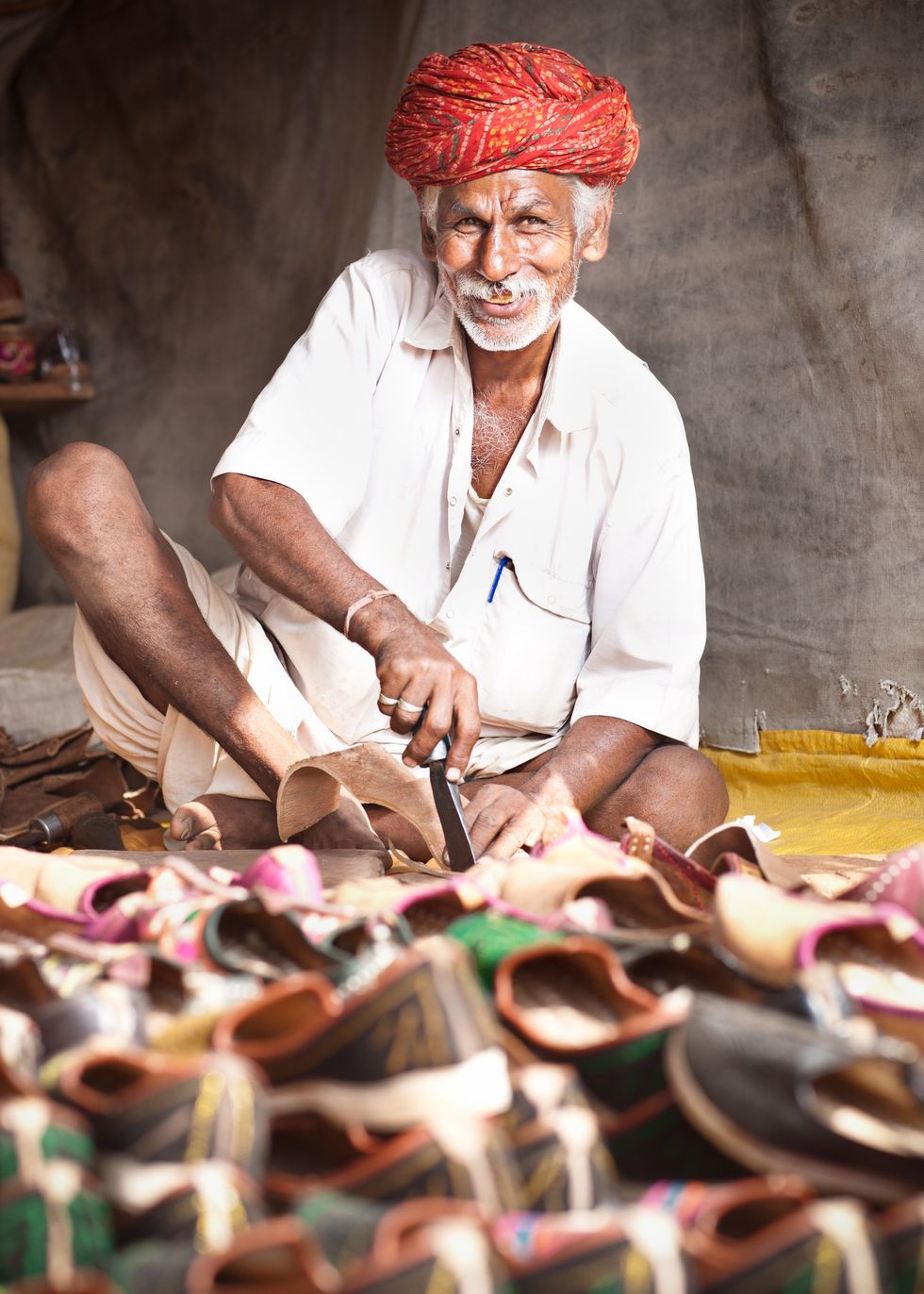In today's fast-paced world, our homes have become more than just places to eat and sleep. They have become our sanctuaries for relaxation and well-being. If you're looking to create balance and harmony in your living space, wellness-centred design is the way forward. By making a few thoughtful changes, you can transform your home into a place that promotes both physical and mental health. Here are the top 5 wellness tips to help you bring balance into your home.
1. Create a home gym or fitness space

Staying active is essential for both physical and mental health, but finding time to go to the gym can be challenging. That is where a home gym comes in. You do not need a lot of equipment or space, just a dedicated area for exercise. Whether it is a room with weights and cardio machines or simply a corner with a yoga mat, having a space for fitness makes it easier to stick to your wellness routine.
Tip: Ensure the space is well-ventilated and has plenty of natural light to create an energising atmosphere. Add a few plants or motivational artwork to keep you inspired.
2. Design a calm yoga and meditation area

Mental well-being is just as important as physical health, and creating a peaceful space for yoga and meditation can help you manage stress and stay grounded. This space does not need to be large, it can be as simple as a quiet corner with a comfortable mat, soft lighting, and soothing décor.
Tip: Opt for neutral colours and natural materials like wood or bamboo to enhance the calming feel of the space. Adding a small water feature or incense can also help set the mood for relaxation and mindfulness.
3. Transform your bathroom into a spa-like sanctuary

Your bathroom can be more than just a place to get ready in the morning. It can become a sanctuary for relaxation and self-care. By adding spa-like features to your bathroom, such as a soaking tub, a rainfall shower, or soft lighting, you can transform it into a soothing retreat.
Tip: Use natural materials like wood or stone for a more organic, calming feel. Include essential oils or aromatherapy candles to enhance the spa experience and create a true oasis in your home.
4. Bring nature indoors

Connecting with nature is one of the best ways to boost your mood and reduce stress, and you can bring the outdoors into your home with biophilic design. Adding plants, using natural materials like wood and stone, or creating an indoor garden are all great ways to connect with nature. Large windows that let in natural light and provide views of the outdoors can also enhance this effect.
Tip: Choose low-maintenance plants like succulents or ferns if you’re not the best at gardening. They add a touch of nature without requiring much care, and they also help improve indoor air quality.
5. Maximise natural light and air quality

Natural light and fresh air are essential for creating a healthy, balanced home. Maximise natural light by opting for large windows, open layouts, and light, reflective colours that make the most of daylight. Fresh air is equally important; consider adding air purifiers or indoor plants to improve the quality of the air you breathe.
Tip: If you are unable to bring in a lot of natural light, invest in full-spectrum lighting that mimics daylight. These lights can help regulate your body’s natural rhythms and boost your mood, especially during the darker months.
Small changes, big difference
Creating a wellness-focused home does not have to be difficult or expensive. By following these five tips- creating a fitness space, designing a calm area for yoga and meditation, turning your bathroom into a spa-like retreat, bringing nature indoors, and maximising natural light and air quality- you can transform your home into a space that promotes health, relaxation, and balance. These small changes can make a big difference in how you feel in your home, helping you live a more peaceful, balanced life.






 Prada confirms Kolhapuri chappals inspired its 2026 Milan collectionInstagram/
Prada confirms Kolhapuri chappals inspired its 2026 Milan collectionInstagram/ Kolhapuri chappals have been crafted for centuries and received GI tag in 2019 iStock
Kolhapuri chappals have been crafted for centuries and received GI tag in 2019 iStock 








 Wintour also became synonymous with the Met GalaGetty Images
Wintour also became synonymous with the Met GalaGetty Images


Police may probe anti-Israel comments at Glastonbury